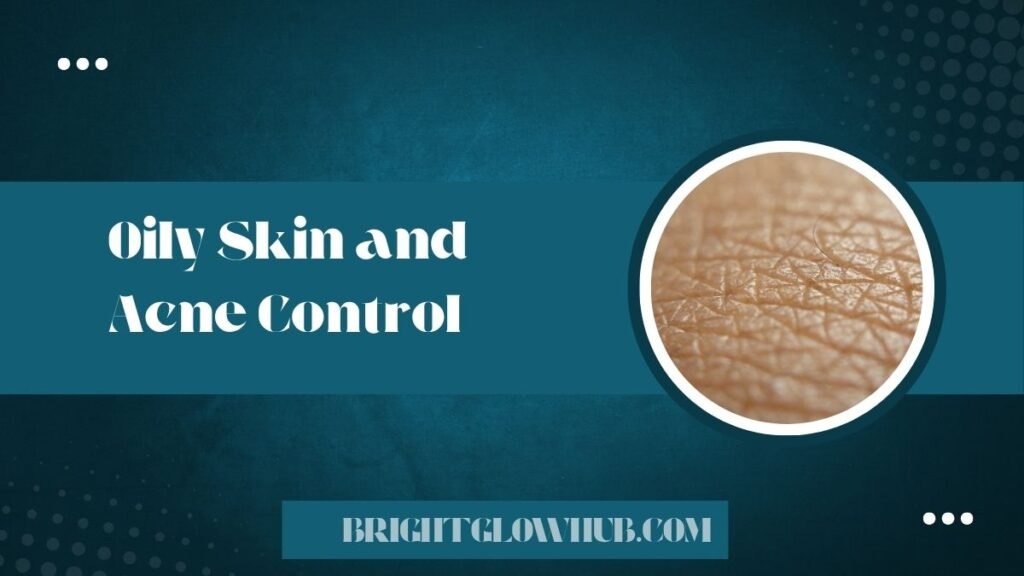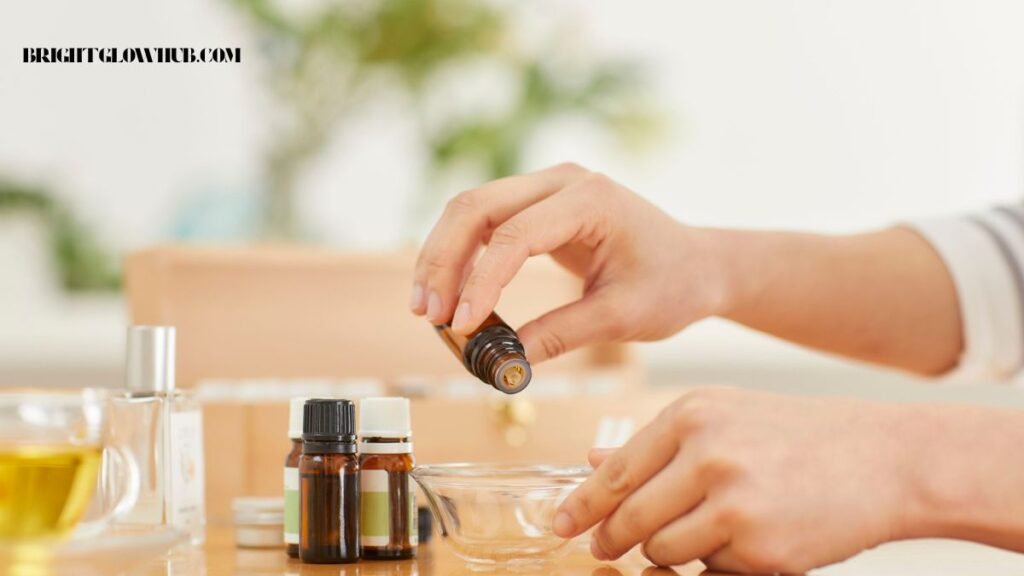Dealing with acne can feel like an uphill battle, especially when you’re searching for the right face pack that won’t make things worse. Whether you’re struggling with hormonal breakouts, stubborn blackheads, or that frustrating combination of oily and dry patches, finding a gentle face mask can be a helpful addition to your skincare routine.
⚠️ IMPORTANT DISCLAIMER: We are not dermatologists or skincare professionals. This article Best Face Packs for Acne-Prone Skin discusses traditional home remedies and popular products for informational purposes only. Individual results vary greatly. Always patch test any new ingredient. If you have acne or skin concerns, consult a board-certified dermatologist for proper treatment. Do not rely solely on home remedies for medical skin conditions.
The good news? You don’t need to break the bank. From readily available options in India to popular picks in the USA, there are many face pack suggestions to explore for different skin types and concerns. Let’s look at some traditional, popular and Best Face Packs for Acne-Prone Skin options that some people find helpful for managing acne and promoting a healthy glow.
Understanding Acne-Prone Skin: The Foundation
Before diving into specific suggestions, it’s helpful to understand acne-prone skin. This skin type is often characterized by overactive sebaceous glands and clogged pores. The tricky part is that acne-prone skin can also be combination skin, where some areas are oily while others are dry.
Many people with acne may over-dry their skin, which can sometimes lead to increased oil production. The goal for some is to find face packs that may help balance oil control with gentle care. Individual experiences will differ.
Suggestions for Oily and Acne-Prone Skin
Clay-Based Options
Clay masks are popular options when it comes for managing oily, acne-prone skin for some people. Bentonite clay and kaolin clay are traditionally used by some to absorb excess oil.

- Traditional recipe (results vary, patch test first): DIY Bentonite Clay Mask
Mix bentonite clay with water or apple cider vinegar. This combination is traditionally used by some people for drawing out impurities. It may be particularly helpful for some during summer months when oil production tends to spike. - Traditional recipe (results vary, patch test first): Fuller’s Earth (Multani Mitti)
A staple in traditional Indian skincare, this natural clay is a popular option for oily skin. Some people mix it with rose water for a gentler approach.
Charcoal Detox Masks
Activated charcoal has gained popularity for its potential to draw out dirt and oil. If you try one, look for formulas that also contain soothing ingredients like aloe vera to prevent over-drying.
Suggestions for a Healthy Glow (Acne-Friendly)
Getting a healthy glow while managing acne can be a challenge, but these are some traditional options people explore.
- Traditional recipe (results vary, patch test first): Turmeric and Honey Combination
This ancient remedy is a traditional favorite for some with acne-prone skin seeking radiance. Turmeric is known for its anti-inflammatory properties, while honey provides gentle hydration.- Mix 1 teaspoon turmeric powder with 2 tablespoons raw honey. Apply for 15 minutes. This mask may help fight acne for some while promoting a natural glow.
- Traditional recipe (results vary, patch test first): Oatmeal and Yogurt Exfoliating Mask
Some people with combination skin find this helpful. This gentle exfoliating mask may help remove dead skin cells.- Blend 2 tablespoons ground oatmeal with 3 tablespoons plain yogurt and a teaspoon of honey. The gentle exfoliation may reveal brighter skin underneath.
Suggestions for Summer
Summer brings unique challenges for acne-prone skin. Increased heat and humidity can trigger more breakouts for some.
- Traditional recipe (results vary, patch test first): Cucumber and Aloe Cooling Mask
This refreshing combination may provide relief from heat-induced inflammation for some.- Blend half a cucumber with 2 tablespoons fresh aloe vera gel. This mask may cool the skin and reduce redness.
- Traditional recipe (results vary, patch test first): Green Tea and Clay Mask
Green tea contains antioxidants, and when combined with clay, it may help manage summer oil production for some individuals.- Brew strong green tea, let it cool, then mix with bentonite clay to form a paste.
Suggestions for Combination Skin
Combination skin requires a balance – controlling oil in the T-zone without over-drying other areas.

- Multi-Masking Approach
You can try applying different masks to different areas of your face. Use clay masks on oily areas (forehead, nose, chin) and more hydrating masks on drier areas (cheeks). - Traditional recipe (results vary, patch test first): Neem and Rose Water
Neem is a popular ingredient in Ayurvedic skincare. When combined with rose water, it may create a balanced treatment for some with combination skin.- Make a paste using neem powder and rose water. This combination may help treat acne-prone areas while being gentle on other zones.
Regional Favorites: USA vs India
Popular Options in the USA
American favorites often focus on convenience:
- Aztec Secret Indian Healing Clay: A cult favorite bentonite clay.
- Freeman Charcoal & Black Sugar: Combines charcoal with gentle exfoliation.
- The Body Shop Himalayan Charcoal Purifying Glow Mask: A popular purifying mask.
Popular Options in India
Indian skincare often embraces time-tested natural ingredients:
- Multani Mitti (Fuller’s Earth): A widely available, budget-friendly option.
- Vicco Turmeric Cream: A ready-made option that uses turmeric.
- Himalaya Neem Face Pack: Combines neem with other Ayurvedic ingredients.
- Forest Essentials Mashobra Honey & Vanilla Face Pack: A luxury option using traditional ingredients.
DIY vs Store-Bought: Making the Right Choice

When You Might Choose DIY
- You have sensitive skin that reacts to preservatives.
- You prefer knowing exactly what’s in your products.
- You’re on a tight budget.
When You Might Go Store-Bought
- You want consistent results and convenience.
- You prefer scientifically formulated products.
Helpful Application Tips
- Timing: Apply face packs to clean, slightly damp skin. Individual results vary.
- Frequency: Start with once a week and adjust based on your skin’s response.
- Patch Test: Always patch test any new ingredient or product first.
- Follow-Up: Always moisturize after using a face pack.
The Bottom Line: Patience and Consistency
The journey to finding what works for your skin is personal. Individual results vary greatly. Whether you explore a simple multani mitti mask or a store-bought charcoal mask, consistency and gentle care are key. Remember that your skin’s needs can change due to hormones, weather, and stress.
Start with simple, time-tested ingredients and pay close attention to how your skin responds. Be patient with the process, and always consult a dermatologist for persistent skin concerns.
FAQs :
How do I know which face pack is right for my skin type?
Identify your primary skin concerns first. Oily skin benefits from clay-based masks, dry skin needs hydrating ingredients like honey and aloe, sensitive skin requires gentle, fragrance-free options, and combination skin often needs multi-masking approaches.
Can I use face packs if I have sensitive skin?
Yes, but choose gentle ingredients like oatmeal, honey, cucumber, or aloe vera. Always patch test first and avoid masks with essential oils, fragrances, or harsh acids.
What’s the best time to apply a face pack?
Evening is usually ideal, especially for treatment masks with active ingredients. This gives your skin time to recover overnight. Hydrating masks can be used anytime.
Are sheet masks better than traditional face packs?
Both have benefits. Sheet masks are convenient and less messy, while traditional packs often allow for more customization and can be more cost-effective.
Can I make face packs in bulk and store them?
DIY masks with fresh ingredients should be used immediately. However, dry ingredient mixes (like clay powder blends) can be stored in airtight containers for several months.
What should I do before and after using a face pack?
Before: Cleanse your face and tie back your hair. After: Remove gently with lukewarm water, pat dry, and apply moisturizer.
Should I steam my face before applying a face pack?
Light steaming can help open pores for better ingredient absorption, but it’s not necessary. If you have very sensitive or acne-prone skin, skip steaming as it might cause irritation.
Disclaimer :
This article is for informational purposes only and does not constitute medical advice. For specific concerns about skin conditions or reactions, please consult a board-certified dermatologist
